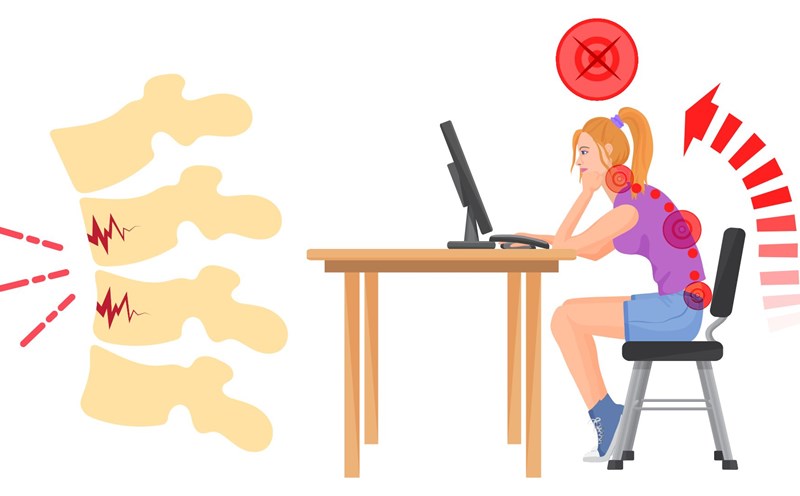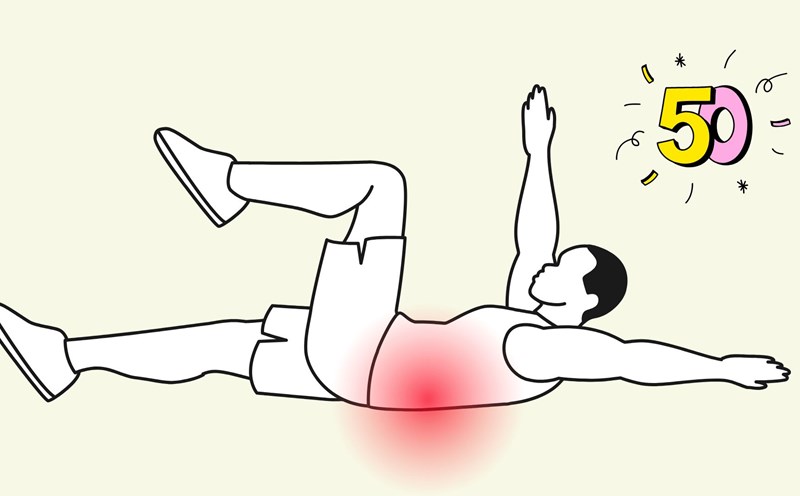Exercise
Sitting for long periods of time puts pressure on the lower back, easily leading to stiffness and pain. If you have to work at a table, often stand up, walk or exercise lightly.
Adults should maintain at least 150 minutes of moderate physical activity per week. You can choose suitable forms such as walking, swimming, dancing or practicing yoga.
Building core strength
core strength plays an important role in maintaining spinal health and reducing the risk of back pain.
Exercising this muscle group for about 15 minutes a day, with simple movements such as plank, side plank or bridge pose, can bring clear results. These are low-impact exercises, suitable for many ages and physical conditions, helping to support the spine, improve posture and reduce lower back pain.
Frequent stretching
Start your day with a stretcher to help your body stay alert and flexible. The gentle twist will affect the spine, maintaining flexibility.
In addition, hamstring stretching is also very necessary, especially when the hamstrings are tight - a common sign in people with lower back pain. A simple but effective exercise is to keep your legs straight and slowly bend down, touching your toes.
Maintain the correct posture
Whether you sit or stand, the correct posture will help your spine straight. Avoid unusual postures that can lead to stress, stiffness and pain.











